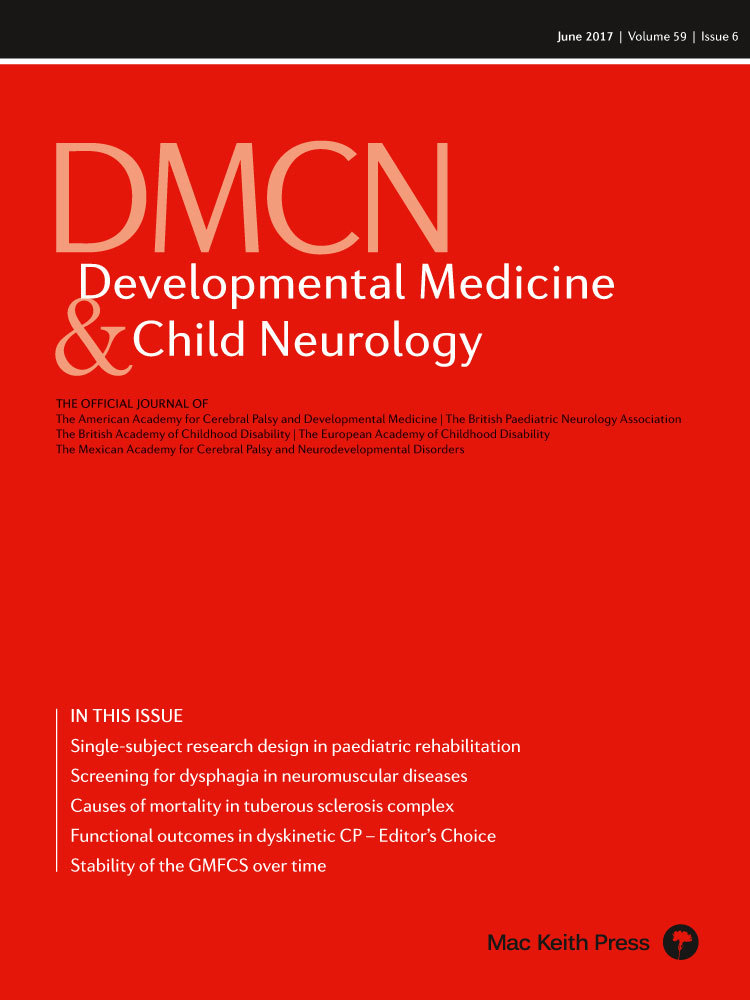Retinal haemorrhage: a red flag for raised intracranial pressure
Abstract
This commentary is on the original article by Minns et al. on pages 597–604 of this issue.
Minns et al.1 describe a significant relationship between raised intracranial pressure (RICP) and retinal haemorrhage. There are many natural causes of infant retinal haemorrhage, birth being a very common cause, but the diagnostic implications and mechanisms of retinal haemorrhage remain controversial.
Retinal haemorrhage has been considered a diagnostic feature of ‘Shaken Baby Syndrome’ (SBS). However, for decades before the shaking hypothesis was first proposed, retinal haemorrhage was reported in association with infant subdural haemorrhage (SDH); Till regarded it as almost pathognomonic for SDH.2 Caffey, a main proponent of the original SBS hypothesis, suggested that retinal haemorrhage was a valuable marker for subclinical, inapparent SDH. Based on his assumption that abusive shaking was the cause of SDH, he suggested that retinal haemorrhage could become a screening test for abuse.3 A recent systematic review by the Swedish Agency for Health Technology Assessment undermines these assumptions. It concludes that there is insufficient scientific evidence to assess the diagnostic accuracy of SDH or retinal haemorrhage to identify shaking.4
The mechanisms of retinal haemorrhage are also controversial. Terson recognised intraocular bleeding associated with intracerebral haemorrhage, and proposed that retinal venous stasis due to RICP was the mechanism. Pathological studies support this view, rather than traumatic vitreoretinal traction as favoured by proponents of SBS.5 Even Caffey acknowledged that ‘[a]rtificial respiration may induce excessively high intracranial and intraocular venous pressures which lead to hemorrhagic brain and eye damage’.3
The study by Minns et al.1 advances our knowledge and confirms the relationship between RICP and retinal haemorrhage in children, independent of age and aetiology. Intraretinal haemorrhages (the most common form associated with SBS) dominated in all Minns et al.'s subgroups, with significantly more in RICP. However, retinal haemorrhage was not confined to children with RICP; children from all diagnostic groups (inflicted traumatic brain injury [ITBI], accidental TBI, and non-traumatic encephalopathy) had retinal haemorrhage in the absence of signs of RICP.
There are two major concerns with this study. The first is the classification of ITBI cases. The authors do not provide the basis for this classification other than to state that it was ‘confirmed at child protection case conference’ and that ‘retinal haemorrhages are frequently part of the diagnostic criteria’. In short, retinal haemorrhage may appear more often in ITBI cases simply because ITBI is diagnosed on this basis. This problem of circularity bias was not addressed by the authors, but may explain their conclusion that the relationship between RICP and retinal haemorrhage was ‘significantly different’ in the abuse group. Similarly, the curious finding that cases with clinical or radiological signs of RICP, rather than objective pressure measurement, had the largest number of retinal haemorrhages may be due to the greater proportion of younger, ITBI babies in this group.
A second concern is the failure to control for age. The mean age in the ITBI group is 5.64 months versus mean ages of 5 years 5.2 months and 7 years 10 months in the non-traumatic and accidental groups. Indeed, a similar study by Minns et al. was singled out by Lynoe et al.4 for this failing. The authors do not address this limitation, despite acknowledging the unique pathophysiology of the infant intracranial compartment and its pressure compensatory mechanisms.
Clinicians need to be aware that retinal haemorrhage is a red flag for RICP and not for shaking or abuse. A systematic review of the child abuse literature has shown that it is no longer tenable to use either retinal haemorrhage or SDH to indicate shaking injury. A broad differential diagnosis is indicated and interpretation must be cautious and based on objective evidence, avoiding the pitfalls of diagnostic assumptions and circularity. The medical and legal consequences of misinterpretation of retinal haemorrhage are significant.




